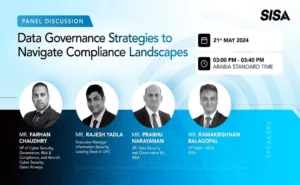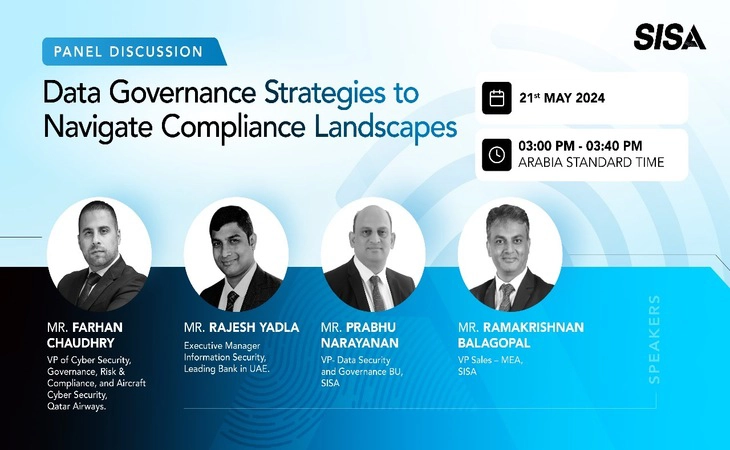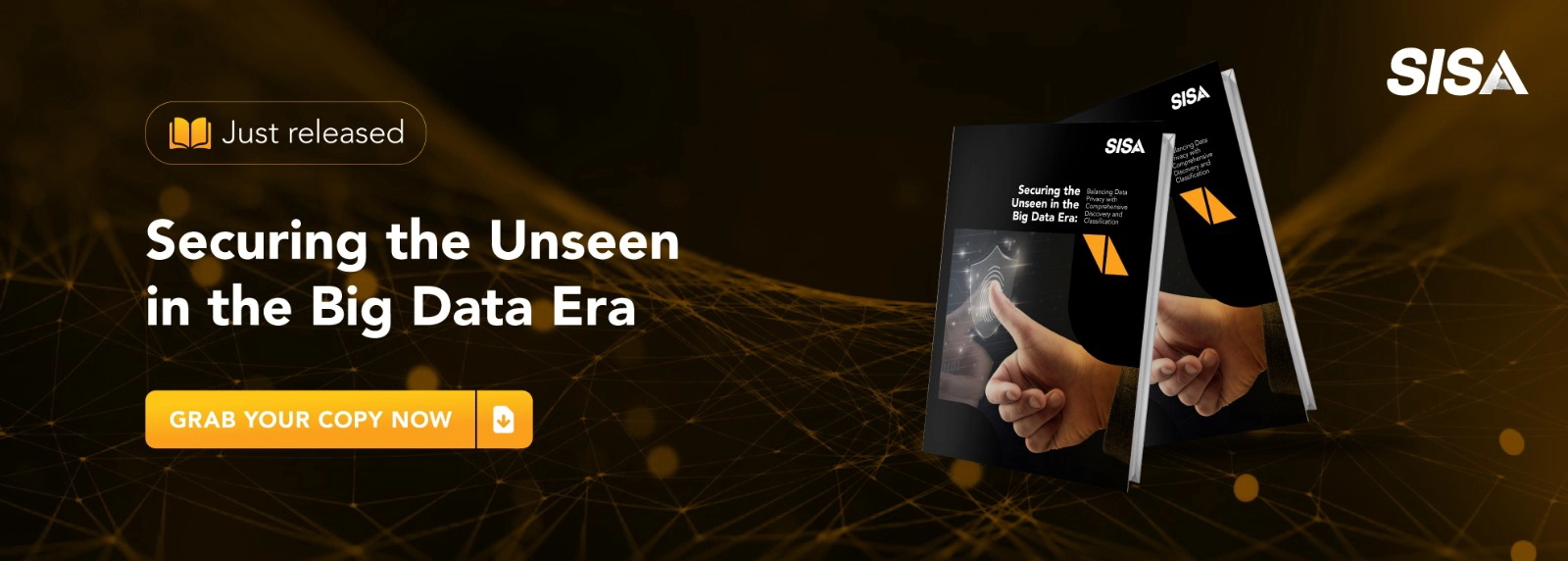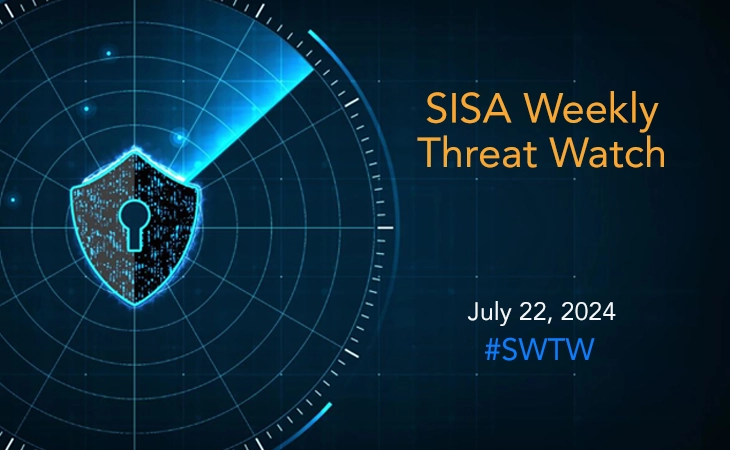
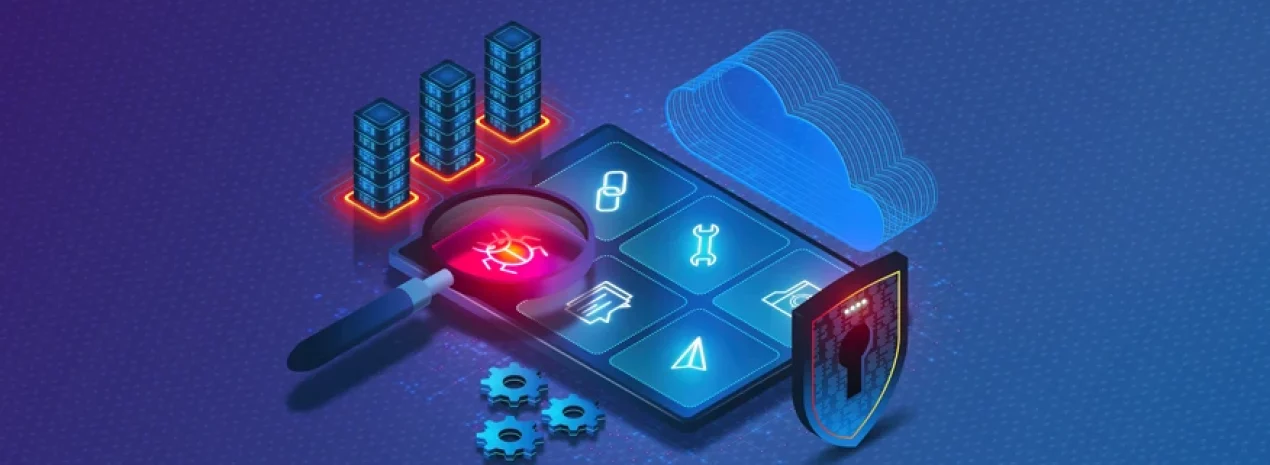
Continuous Pentesting vs. Traditional Pentesting: A Comparative Analysis
- June 26, 2023
Traditional pentesting, which entails emulating real-world attacks to uncover vulnerabilities in an organization's infrastructure and applications, has long been the preferred approach. However, a more proactive and comprehensive solution known as continuous pentesting has emerged as an alternative methodology.
In today’s rapidly evolving cybersecurity landscape, organizations face an ever-increasing number of threats and vulnerabilities. To safeguard their systems and data, they often employ penetration testing, commonly known as pentesting. Pentesting involves simulating real-world attacks to identify weaknesses in an organization’s infrastructure and applications. While traditional pentesting has been the go-to approach for many years, a new methodology called continuous pentesting has emerged as a more proactive and comprehensive solution.
In this blog post, we will delve into the key differences between continuous pentesting and traditional pentesting to help understand the advantages and considerations of each.
Traditional Pentesting
Traditional pentesting involves conducting periodic security assessments, usually annually or biannually. The process typically begins with scoping, where the organization defines the systems and applications to be tested. Next, the pentesters simulate various attack scenarios to identify vulnerabilities and attempt to exploit them. The results are documented in a comprehensive report, which includes recommendations for remediation.
Traditional pentesting typically relies on manual testing techniques, which are usually time-consuming and resource-intensive. However, traditional pentesting still plays a crucial role in assessing the overall security posture of an organization. It provides an opportunity for in-depth analysis, manual testing, and identification of complex vulnerabilities that may not be easily detectable through automated scans.
Traditional pentesting while a valuable approach, has some limitations as cited below:
- Limited Visibility: Traditional pentesting provides a snapshot of the system’s security posture at a specific point in time. As technology rapidly evolves, new vulnerabilities can emerge between tests, leaving systems exposed until the next scheduled assessment.
- Delayed Response: Since traditional pentesting occurs infrequently, organizations may not identify and address critical vulnerabilities in a timely manner. This delay leaves ample time for potential attackers to exploit weaknesses and gain unauthorized access to sensitive data.
- Incomplete Coverage: Point-in-time pentesting usually focuses on specific areas or applications, leaving other parts of the system untested. This approach may overlook potential vulnerabilities outside the scope of the assessment, leaving blind spots that attackers can exploit.
Continuous Pentesting
While traditional pentesting has its merits, continuous pentesting offers a more robust solution to identify vulnerabilities, reduce response times, and mitigate risks which is essential for organizations to adopt in today’s rapidly evolving threat landscape.
Continuous pentesting, as the name suggests, takes a more ongoing and proactive approach to security testing. Instead of conducting assessments at fixed intervals, continuous pentesting involves continuously monitoring an organization’s systems and applications for vulnerabilities and potential exploits. This approach leverages automated tools, artificial intelligence, and machine learning algorithms to detect and respond to threats in real-time. Automated vulnerability scanners and security testing platforms can perform regular scans, identify vulnerabilities, and generate alerts or reports. This automation significantly speeds up the testing process, allows for more frequent assessments, and reduces the burden on human testers. It provides organizations with a more dynamic and agile security testing strategy, enabling them to identify and address vulnerabilities as they arise, rather than waiting for periodic risk assessments.
One of the significant advantages of continuous pentesting is its ability to provide real-time visibility into an organization’s security posture. By continuously monitoring systems and applications, it becomes easier to detect new vulnerabilities that may have emerged since the last traditional pentesting engagement. With the rapid pace of software development and the introduction of new technologies, vulnerabilities can surface at any time. Continuous pentesting helps organizations stay ahead of the curve by promptly identifying and addressing these vulnerabilities, reducing the risk of potential breaches.
Continuous pentesting also promotes a shift towards a more DevSecOps-oriented culture. By integrating security testing into the development pipeline, organizations can proactively address vulnerabilities during the software development lifecycle. This approach helps identify and fix issues early on, reducing the cost and effort associated with remediating vulnerabilities at a later stage. By embedding security into the development process, organizations can foster a culture of security awareness and responsibility, ultimately leading to more secure applications and systems.
Continuous Pentesting vs. Traditional Pentesting
Traditional Pentesting | Continuous Pentesting | |
Approach | Follows a periodic approach, typically conducted annually or biannually. It involves scoping, simulation of attacks, vulnerability identification, and a final report with recommendations for remediation. | Takes a proactive and ongoing approach. It leverages automated tools, artificial intelligence, and machine learning algorithms to continuously monitor systems and applications for vulnerabilities and potential exploits. |
Testing Frequency | Is performed at fixed intervals, often annually or biannually. This periodicity can lead to gaps where new vulnerabilities may emerge between assessments. | Offers real-time visibility into an organization’s security posture by conducting assessments on an ongoing basis. It detects vulnerabilities as they arise, reducing the risk of potential breaches. |
Automation | Relies heavily on manual testing techniques, which can be time-consuming and resource-intensive. Human testers simulate attacks and analyze results. | Embraces automation. It utilizes automated vulnerability scanners and security testing platforms to scan systems and applications regularly, identify vulnerabilities, and generate alerts or reports. This automation accelerates the testing process and enables more frequent assessments. |
Integration with Development Lifecycle | Is often performed as a separate phase, usually after the development cycle is complete. This can lead to delays in addressing vulnerabilities and potentially higher costs. | Integrates security testing into the development pipeline, following a DevSecOps approach. It helps identify and fix issues early on, reducing the cost and effort associated with remediation. |
Real-Time Visibility | Provides a snapshot of an organization’s security posture at a specific point in time. However, vulnerabilities that emerge after the assessment may remain undetected until the next round of testing. | Offers real-time visibility, detecting vulnerabilities as they occur. It enables organizations to respond promptly and proactively address emerging threats. |
Depth of Analysis | Allows for in-depth manual analysis by skilled testers. They can uncover complex vulnerabilities that may not be easily detectable through automated scans. | Primarily relies on automated tools, which may have limitations in identifying nuanced or context-specific vulnerabilities. While it provides comprehensive coverage, manual analysis is still valuable for complex scenarios. |
However, it is important to note that continuous pentesting is not a complete replacement for traditional pentesting. Traditional pentesting offers an in-depth analysis and human expertise, while continuous pentesting provides real-time visibility, agility, and automation. By combining the two approaches, organizations can achieve a more proactive and holistic security testing strategy. As the cybersecurity landscape continues to evolve, it is crucial for organizations to evaluate their testing methodologies and adapt to the ever-changing threats and vulnerabilities.
Latest
Blogs
Whitepapers
Threat-a-Licious
Customer Success Stories

SISA is a global forensics-driven cybersecurity solutions company, trusted by leading organizations for securing their businesses with robust preventive, detective, and corrective cybersecurity solutions. Our problem-first, human-centric approach helps businesses strengthen their cybersecurity posture.
Industry recognition by CREST, CERT-In and PCI SSC serves as a testament to our skill, knowledge, and competence.
We apply the power of forensic intelligence and advanced technology to offer true security to 2,000+ customers in 40+ countries.
Company
Resources
Quick Links
Copyright © 2024 SISA. All Rights Reserved.
 USA
USA India
India APAC
APAC Middle East
Middle East Global
Global





 Facebook
Facebook Linkedin
Linkedin  X
X Youtube
Youtube